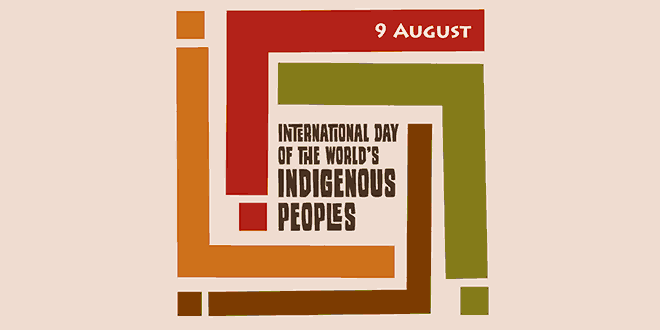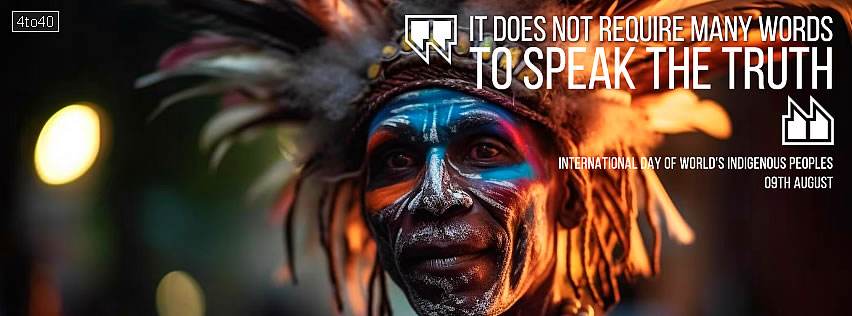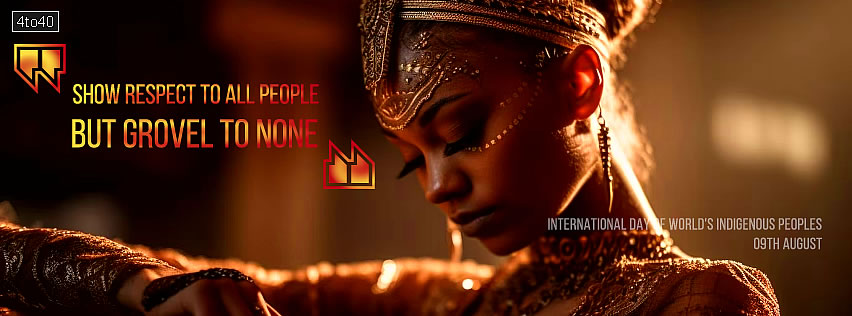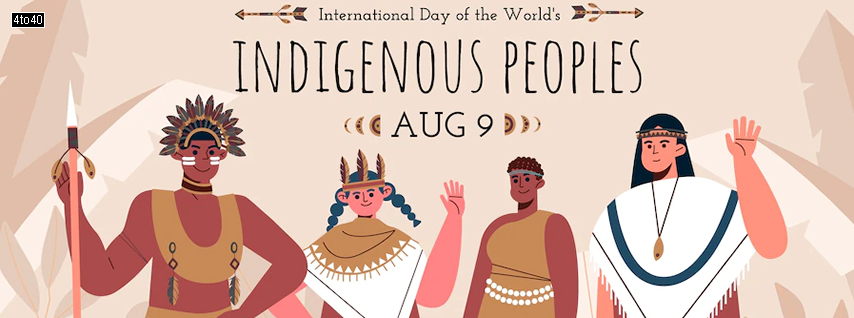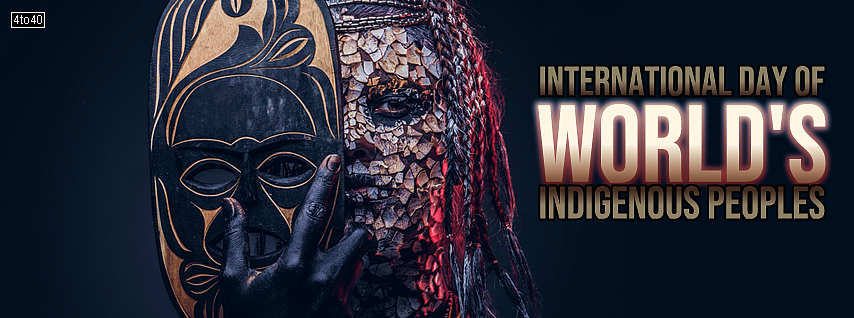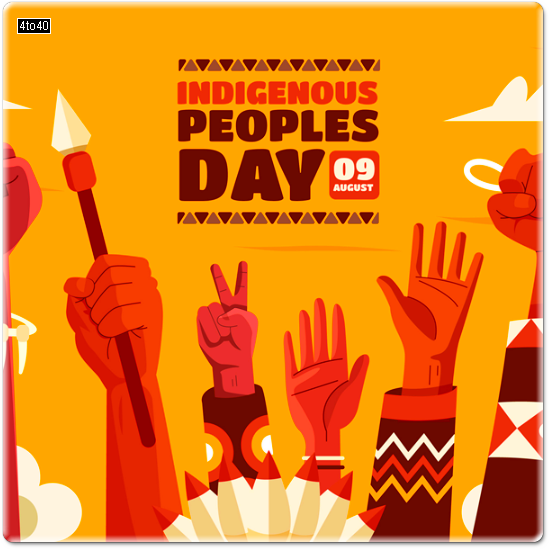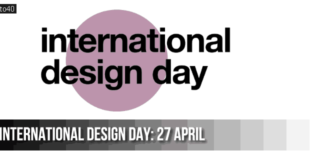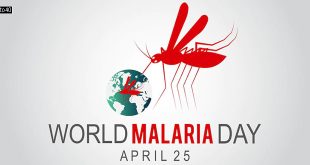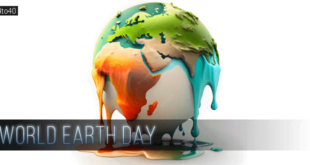The International Day of World’s Indigenous Peoples is observed on 9 August each year to promote and protect the rights of the world’s indigenous population. This event also recognizes the achievements and contributions that indigenous people make to improve world issues such as environmental protection. It was first pronounced by the General Assembly of the United Nations in December 1994, marking the day of the first meeting of the UN Working Group on Indigenous Populations of the Sub-commission on the Promotion and Protection of Human Rights, in 1982.
International Day of World’s Indigenous Peoples
As part of the commemoration, the Indigenous Peoples and Development Branch – Secretariat of the Permanent Forum on Indigenous Issues / DISD / DESA, organizes an event that brings together indigenous peoples’ organizations, UN agencies, Member States, civil society and relevant stakeholders.
This year’s theme is Indigenous Languages and will focus on the current situation of indigenous languages around the world within the framework of the 2019 International Year of Indigenous Languages. The aim is to highlight the critical need to revitalize, preserve, and promote indigenous languages and share good practices through expert / interactive panels and presentation of innovative initiatives on indigenous languages. The event will also showcase creative initiatives and videos on indigenous languages at the United Nations visitors’ lobby.
History:
The International Day of the World’s Indigenous Peoples was first pronounced by the General Assembly of the United Nations in December 1994, to be celebrated every year during the first International Decade of the World’s Indigenous People (1995–2004). In 2004, the Assembly proclaimed a Second International Decade, from 2005–2015, with the theme of “A Decade for Action and Dignity”. People from different nations are encouraged to participate in observing the day to spread the UN’s message on indigenous peoples. Activities may include educational forums and classroom activities to gain an appreciation and a better understanding of indigenous peoples.
By resolution 49/214 of 23 December 1994, the United Nations General Assembly decided that the International Day of the World’s Indigenous People shall be observed on 9 August every year during the International Decade of the World’s Indigenous People. The date marks the day of the first meeting, in 1982, of the UN Working Group on Indigenous Populations of the Subcommission on the Promotion and Protection of Human Rights.
Theme: International Day of World’s Indigenous Peoples
- 2024: Protecting the Rights of Indigenous Peoples in Voluntary Isolation and Initial Contact
- 2023: Indigenous Youth as Agents of Change for Self-determination
- 2022: The Role of Indigenous Women in the Preservation and Transmission of Traditional Knowledge
- 2021: Leaving no one behind: Indigenous peoples and the call for a new social contract
- 2020: COVID-19 and indigenous peoples’ resilience
- 2019:
- 2018: Indigenous peoples’ migration and movement
- 2017:
- 2016: Indigenous Peoples’ Right to Education
- 2015: Ensuring Health and Well-Being
- 2014:
Celebration:
International Day of the World’s Indigenous Peoples is celebrated as an all nations community celebration with artists, speakers, poets, performers, and a wide range of vendors and community service booths.
Facebook Covers:
India:
In India, there are 705 ethnic groups officially recognized as “Scheduled Tribes”. In central India, the Scheduled Tribes are usually referred to as Adivasis, which literally means Indigenous Peoples.
India has several laws and constitutional provisions, such as the Fifth Schedule for Central India and the Sixth List for certain areas of northeastern India that recognize the rights of Indigenous Peoples to land and self-government, but their implementation is far from being satisfactory. India voted in favour of the United Nations Declaration on the Rights of Indigenous Peoples on the condition that after independence all Indians are Indigenous. Therefore, it does not consider the concept of “Indigenous Peoples”, and therefore the UNDRIP, applicable to India.
Indigenous Peoples in India:
Indigenous Peoples in India comprise an estimated population of 104 million or 8.6% of the national population. Although there are 705 officially recognized ethnic groups, there are many more ethnic groups that would qualify for the scheduled tribe status, but which are not officially recognized. Therefore, the total number of tribal groups is undoubtedly higher than the official figure.
The largest concentrations of Indigenous Peoples are found in the seven northeastern states of India, and the so-called “central tribal belt” that stretches from Rajasthan to West Bengal.
The state government of Jharkhand declared the International Day of the World’s Indigenous Peoples celebrated on August 9 every year worldwide as a state holiday. These are major developments in terms of the official recognition of Indigenous populations.
Main challenges for Indigenous groups in India:
According to the latest report (Crime in India 2016) of the National Crime Records Bureau (NCRB) of the Ministry of the Interior, 6,568 cases of crimes against Indigenous Peoples were reported in the country during 2016, compared to 10,914 cases in 2015, which shows a substantial decrease. However, these were only reported cases of atrocities committed by indigenous people against Indigenous People and do not include cases of human rights violations by the security forces.
In that sense, in 2017, the security forces continued to be responsible for human rights violations against Indigenous People. In areas affected by armed conflicts, Indigenous Peoples are caught between armed opposition groups (AOGs) and security forces. The cases are numerous and many are not informed.
Another struggle for Indigenous Peoples in India is their right to the land. There are a plethora of laws that prohibit the sale or transfer of tribal lands to non-Indians and the restoration of alienated lands to tribal landowners. However, these laws are still ineffective, are not invoked or are intended to weaken them. In addition, a large number of tribes that lived in the forests were denied their rights and the tribes continued to live under the threat of an eviction in the name of forest and animal conservation.
The situation of tribal women and girls in India remains very worrying, as they are clearly deprived of many of their rights. Collective and individual rights are violated in private and public spaces. Sexual violence, trafficking, killing/branding, militarization or state violence and the impact of development-induced displacement, etc., remain important issues. The NCRB in its latest report stated that 974 tribal women were raped during 2016.
 Kids Portal For Parents India Kids Network
Kids Portal For Parents India Kids Network
